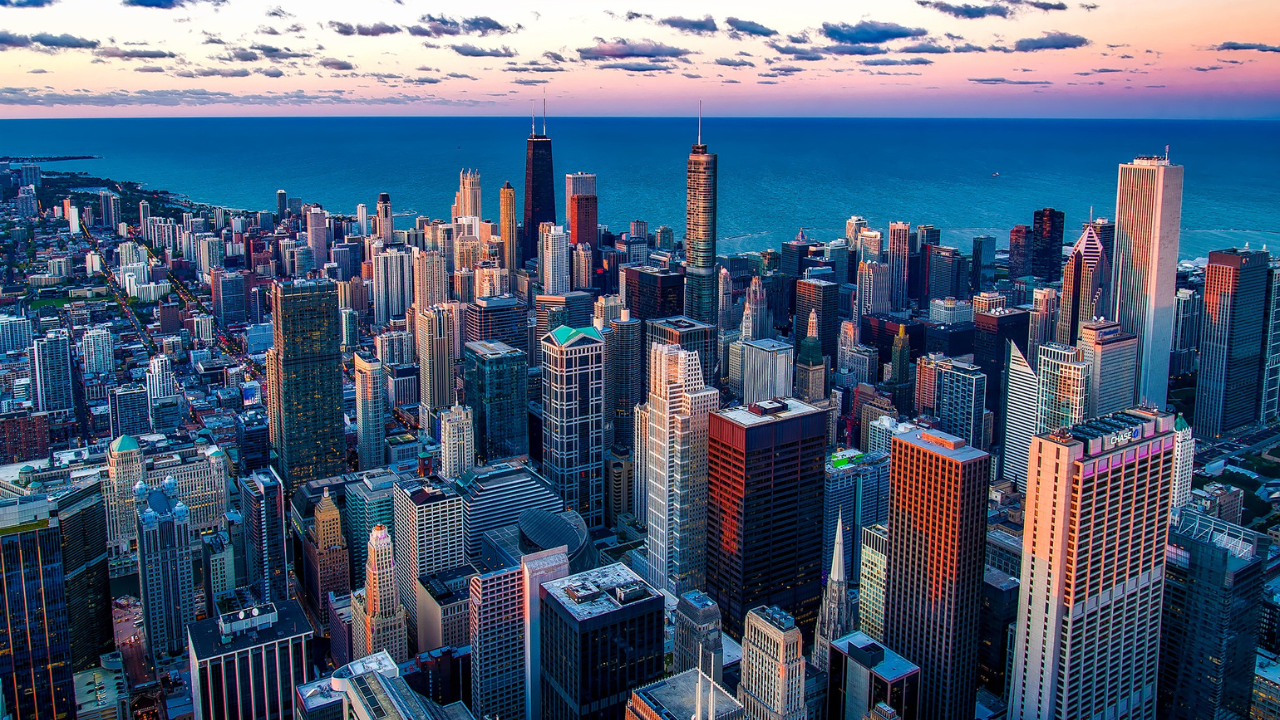
Urban living offers many conveniences and opportunities, but it also comes with its own set of challenges that can impact wellness. The fast-paced lifestyle, high population density, pollution, and limited access to green spaces in cities can contribute to physical and mental health issues. Addressing these challenges requires a multifaceted approach to promote well-being in urban environments. Here’s how individuals and communities can navigate and mitigate the hurdles of urban wellness.
1. Air and Noise Pollution:
- Personal Measures: Use air purifiers at home, wear masks in highly polluted areas, and use noise-canceling headphones to reduce exposure to environmental stressors.
- Community Initiatives: Advocate for green transportation, stricter pollution controls, and the development of green spaces to improve air quality and reduce noise pollution.
2. Limited Access to Nature:
- Maximizing Green Spaces: Take advantage of any available parks and green spaces for exercise, relaxation, and connection with nature.
- Indoor Plants: Incorporate plants into home and office spaces to improve air quality and provide a sense of nature indoors.
3. Stress and Mental Health:
- Mindfulness and Relaxation Techniques: Practices like meditation, yoga, and deep-breathing exercises can help manage stress and promote mental well-being.
- Community Support: Engage in community groups or wellness programs that offer support and resources for mental health.
4. Sedentary Lifestyle:
- Active Commuting: Consider walking, cycling, or using public transportation to incorporate more physical activity into daily routines.
- Regular Exercise: Utilize local gyms, fitness classes, or outdoor workout areas to maintain an active lifestyle despite the constraints of urban living.
5. Social Isolation:
- Social Networks: Build and maintain strong social connections through community events, clubs, or social groups to combat feelings of isolation.
- Volunteering: Participating in volunteer activities can provide a sense of purpose and community involvement.
6. Unhealthy Eating Habits:
- Healthy Food Choices: Prioritize home-cooked meals with fresh ingredients and seek out healthy dining options.
- Urban Gardening: Explore options like community gardens or window gardening to grow fresh produce, even in limited spaces.
7. Overstimulation:
- Digital Detox: Regularly disconnect from digital devices to reduce information overload and enhance mental clarity.
- Mindful Living: Practice being present and mindful to counteract the constant stimulation of urban environments.
8. Safety Concerns:
- Personal Safety Measures: Stay informed about local safety concerns and take precautions when navigating urban areas, especially at night.
- Community Engagement: Get involved in community safety initiatives to help create a safer environment for all residents.
9. Conclusion:
Urban wellness presents unique challenges, but with proactive measures and community involvement, individuals can enjoy the benefits of city living while maintaining their physical and mental health. By fostering a culture of wellness, advocating for sustainable urban development, and utilizing available resources, cities can become thriving environments that support the well-being of their inhabitants.
